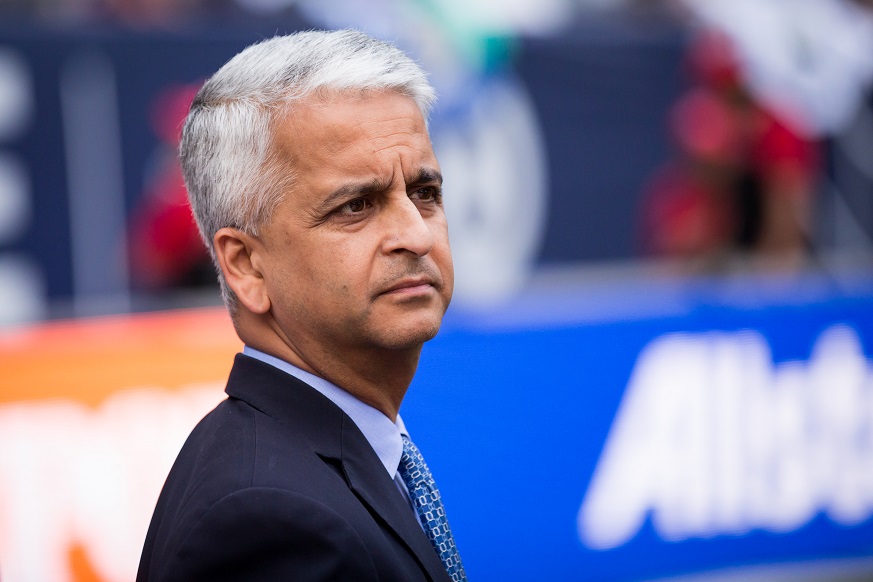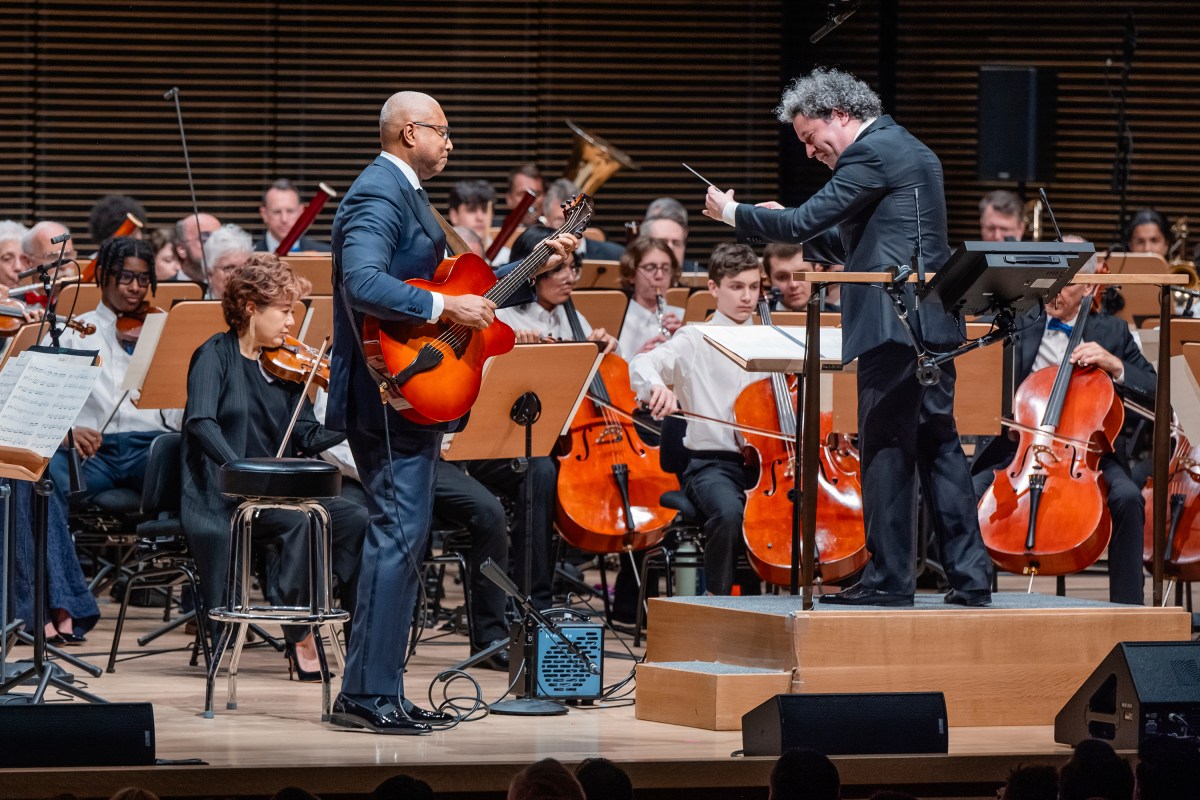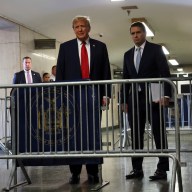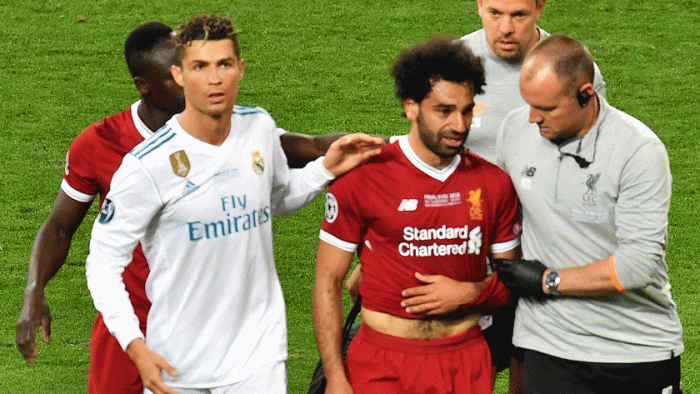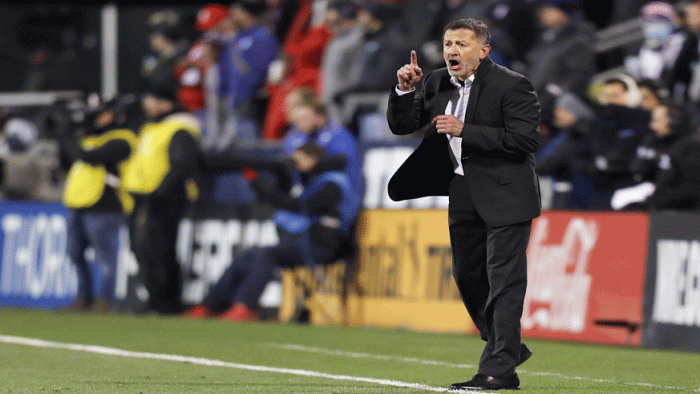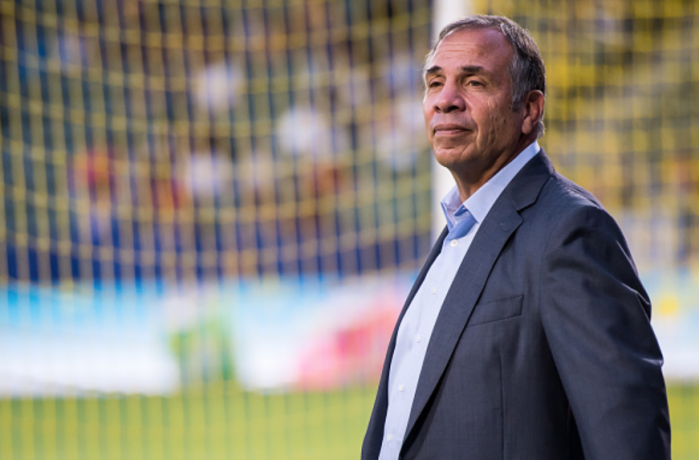Plenty of hand-wringing has gone on over the past month about the state of soccer in the United States, in particular over the men’s national team’s failure to qualify for next summer’s World Cup. As such, Sunil Gulati has become a prime target of this angst, a knee-jerk reaction that doesn’t really hold up in light of his resume.
Gulati has been president of the United States Soccer Federation (USSF) since being elected in 2006, a period of unprecedented growth for the game in this country. His association with the USSF began in 1986 and has grown to now being the head of the federation. As such, he must be judged by more than just the inability of the men’s national team to qualify for the World Cup.
In fact, that singular failure is an outlier when looking across the broad spectrum of what Gulati has done right during his tenure as president of the USSF. By nearly every other benchmark, his presidency checks off the boxes.
Gulati hasn’t announced if he will seek re-election- after being elected in 2006 he was re-elected in 2010 and again in 2014. But the game and the federation has grown over the last decade-and-a-half, much of which happened since he became the USSF’s president.
This development and growth have to be kept in mind when judging his presidency as a list of candidates begin to form to potentially challenge his role with the federation.
Keep in mind that the men’s national team was one of only five national teams to move into the knockout round three times in the last five World Cups (Argentina, Brazil, Germany and Mexico are the others). While that streak ends next summer, the recent success of the U-17 and U-20 national teams in their respective World Cups point towards a bounce-back for the men’s national team sooner rather than later.
While the on the field success for the men’s national team (qualified for seven consecutive World Cups) and the women’s national team (the unprecedented juggernaut of their game), the off the field trajectory of the USSF in many ways speaks for itself.
The growth of the game under Gulati is staggering. In 2016, over 550,000 fans attended matches featuring the men’s and women’s national team, a point that sticks out dramatically when noting that the United States has the biggest drawing women’s national team in the world.
Annual gross revenue for USSF three decades ago when Gulati first began with the Federation was $2 million annually, a number that has grown exponentially beyond inflation over the last 30 years. In 2000, the federation was pulling in $23 million annually in revenue.
That number was north of $100 million last year, again a testament to Gulati’s vision for the financial viability of the federation and the game. Sponsorship, attendance of national team matches and attendance of national team matches have all grown over the past dozen years.
Investment in player development in 2000 was $3.5 million and now reaches over $20 million, ensuring that moments like the failure to qualify for the World Cup by the men’s national team are the exception and not the norm.
Television ratings, perhaps as important as attendance, has also seen exceptional growth. The 2002 World Cup drew a grand total of 70 million viewers on ESPN’s platforms.
The World Cup in 2014, buoyed by the United States run to the Round of 16, saw 195.5 million total viewers in the United States. Massive watch parties and enthusiasm typified the event.
Can Gulati point to being the singular reason behind these success stories and the growth of the United States soccer brand? Certainly not. But when judging his value both in the past and moving forward, it is easy to overlook the numerous things that have gone right.
That the men’s national team has been largely successful under his watch is just part of the argument that he should get another tenure if he so desires.
All of which says little about a women’s national team that has won two Olympic gold medals and the 2015 World Cup in Canada under Gulati’s presidency. There is a viable and growing women’s league that has taken off and more development of the women’s game than at any time in USSF history.
While youth development and better identification of talent needs to be a priority of whoever is the USSF’s next president, Gulati certainly has the broadest resume of any candidate in the field. Something that should not be lost in the sound and fury of last month’s disappointing end to World Cup qualifying.

